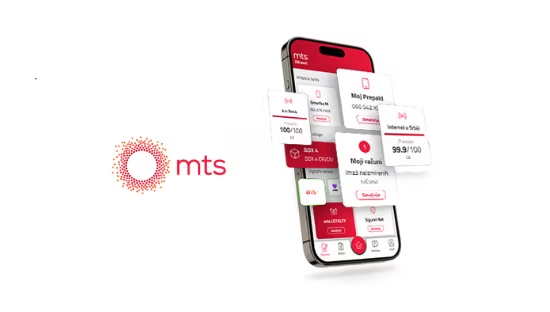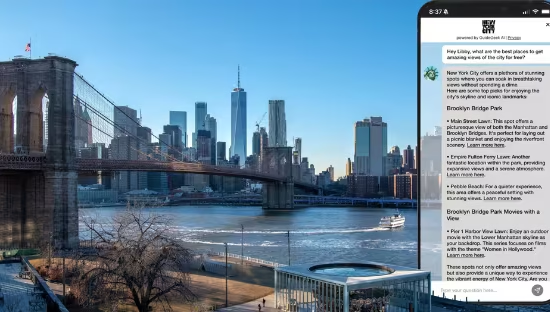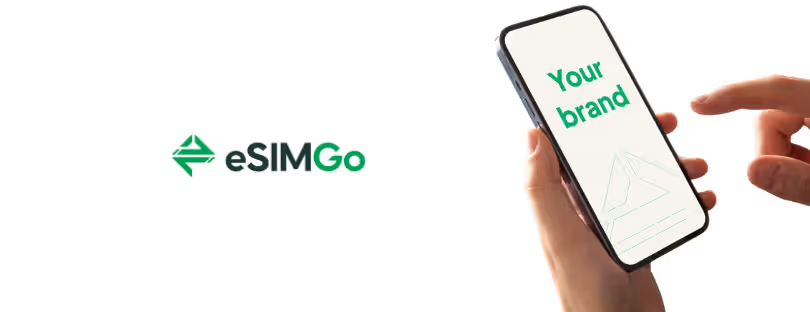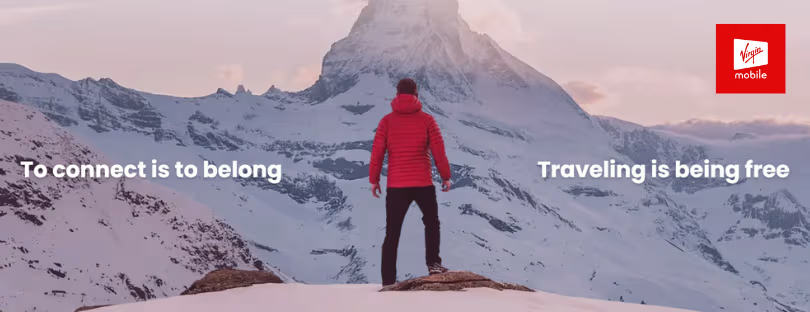
Why Travelers Abandon Their eSIM Carts — and How to Fix It
Let’s be real: eSIMs are supposed to make life easier for travelers. No more fumbling with plastic SIM cards, no more searching for kiosks at the airport, and definitely no more roaming charges that look like luxury hotel bills. But if they’re so convenient, why are so many travelers abandoning their eSIM carts at checkout? eSIM cart abandonment
This isn’t just a minor hiccup in the user journey. Cart abandonment is a real headache for eSIM providers—and a missed opportunity for travelers who almost secured reliable, affordable connectivity. In fact, some providers report abandonment rates as high as 70% or more. And the kicker? Many of these people aren’t just browsing. They’ve selected their country, picked a plan, maybe even entered their email… then poof—they vanish.
So, what’s going wrong?
Let’s dig into the most common friction points that push travelers to bail on their eSIM purchase—and how these could be fixed.
1. Unclear Coverage Maps: “Will This Even Work Where I’m Going?”
Here’s a scenario that plays out way too often:
A traveler selects “France” and is shown a few plans with different data packages. But nowhere on the page is there any real information about which network they’ll be connected to, how strong the signal will be in rural areas, or whether 5G is even an option.
So what happens? Uncertainty creeps in. And uncertainty is death to conversion.
Let’s not forget—people are relying on this for their whole trip. Their hotel booking, Google Maps, translator apps, and even boarding passes live on their phones. If there’s even a hint that the connection might be spotty, they’ll think twice.
💡 Fix it: Provide crystal-clear network details. Not just “works in 130 countries”—show coverage maps, list supported networks, and clarify if it’s 3G, 4G, or 5G. Bonus points if it’s interactive or shows real-time performance data. Help users see what they’re paying for.
2. Payment Failures: The Ultimate Mood Killer
A traveler finally picks a plan, decides to go for it… and the payment fails.
They try again. Same result. Now they’re frustrated. Maybe they even worry they’ve been charged multiple times. Now they’re definitely not buying.
Payment failures are one of the fastest ways to lose trust. Sometimes it’s a declined card (especially with foreign transactions). Sometimes the site doesn’t support local wallets or doesn’t play nice with certain currencies. And sometimes—it just bugs out.
💡 Fix it: Offer multiple payment options—credit/debit, Apple Pay, Google Pay, PayPal, even crypto if you’re feeling bold. Make sure your checkout page is optimized for mobile (because that’s where most people are shopping), and if something fails, offer a clear message and quick workaround.
Oh, and please… don’t make people refresh the page and start over from scratch. That’s cruel.
3. Confusing Plan Terms: “Wait, What Does This Actually Include?”
Some eSIM sites sound like they’re trying to win a jargon contest.
“1GB, valid for 7 days, with top-up available but not reusable after expiry. No voice. SMS limited. Non-refundable. Region-based partner coverage applies.”
…Wait, what?
Even tech-savvy travelers can feel overwhelmed. Is this a one-time use? Can I top up? What happens if I travel to another country—will this still work?
When people don’t understand what they’re buying, they hit pause. Often, they don’t come back.
💡 Fix it: Simplify the language. Use tooltips or a quick “What this means” section. Better yet, let users compare plans in plain English. For example:
- 1GB of data
- Valid for 7 days after activation
- Works in countries
- No auto-renewals or hidden fees
Keep it honest, keep it simple. Confusion is conversion’s worst enemy.
4. Lack of Trust Signals: “Is This Site Legit?”
The eSIM market has exploded in the past few years—and that means a lot of new players. For a traveler who’s never heard of your brand, that unfamiliarity can be a dealbreaker.
If the website looks a bit amateur, or if there’s no customer support visible, or no reviews in sight… it just doesn’t feel safe to enter credit card info and hope for the best.
And remember—people often make these purchases while traveling, in a rush, in unfamiliar territory. The stakes feel high.
💡 Fix it: Display trust badges, customer reviews, third-party verifications (like Trustpilot or Google Reviews), and live chat options. Feature testimonials from real customers, ideally with photos and destinations. Show that you’re a real, established business that has their back if something goes wrong.
Also—don’t bury your refund policy. Make it visible, clear, and reasonable. A “no refunds” clause with no support = instant abandonment.
5. Timing: “Maybe I’ll Do It Closer to Departure…”
One of the more subtle reasons travelers abandon eSIM carts? They just aren’t ready yet.
Maybe they’re still comparing providers. Maybe they haven’t booked their flight. Maybe they think they can just buy it last minute (which is often true, but still risky).
What starts as a product check turns into a “mental note” to come back later… and let’s face it, most people forget.
💡 Fix it: Offer a gentle nudge. Something like, “Not ready to purchase? Save your plan and we’ll email you a reminder before your trip.” Or offer a tiny discount for booking early.
Even better—add a “Travel Date” field to the checkout process. If someone enters it, you can schedule an email a few days before they depart. It’s helpful and smart marketing.
Final Thoughts: It’s Not About the Price—It’s About the Experience
Most people abandoning eSIM carts aren’t scared off by price. They’re scared off by uncertainty, confusion, or poor user experience.
They want a seamless solution. A product that works. A brand that makes them feel secure. And when those needs aren’t met in the few minutes they’re on your site—they bounce.
If you’re in the eSIM business, this is your wake-up call: optimizing your checkout flow isn’t just a design problem—it’s a revenue problem. Every abandoned cart is a lost traveler who wanted to stay connected, and almost chose you.
Make it simple. Make it trustworthy. And for the love of UX, make sure your “Buy Now” button actually works on mobile.
TL;DR? Here’s the Quick Fix List:
- Show detailed coverage maps and supported networks
- Make payments seamless and mobile-friendly
- Ditch the jargon—make plan terms human-readable
- Show reviews, trust badges, and refund clarity
- Help users buy now or remind them later
When you build trust, reduce friction, and speak like a human—you’ll not only lower cart abandonment… you’ll win loyal, connected travelers for life. eSIM cart abandonment









